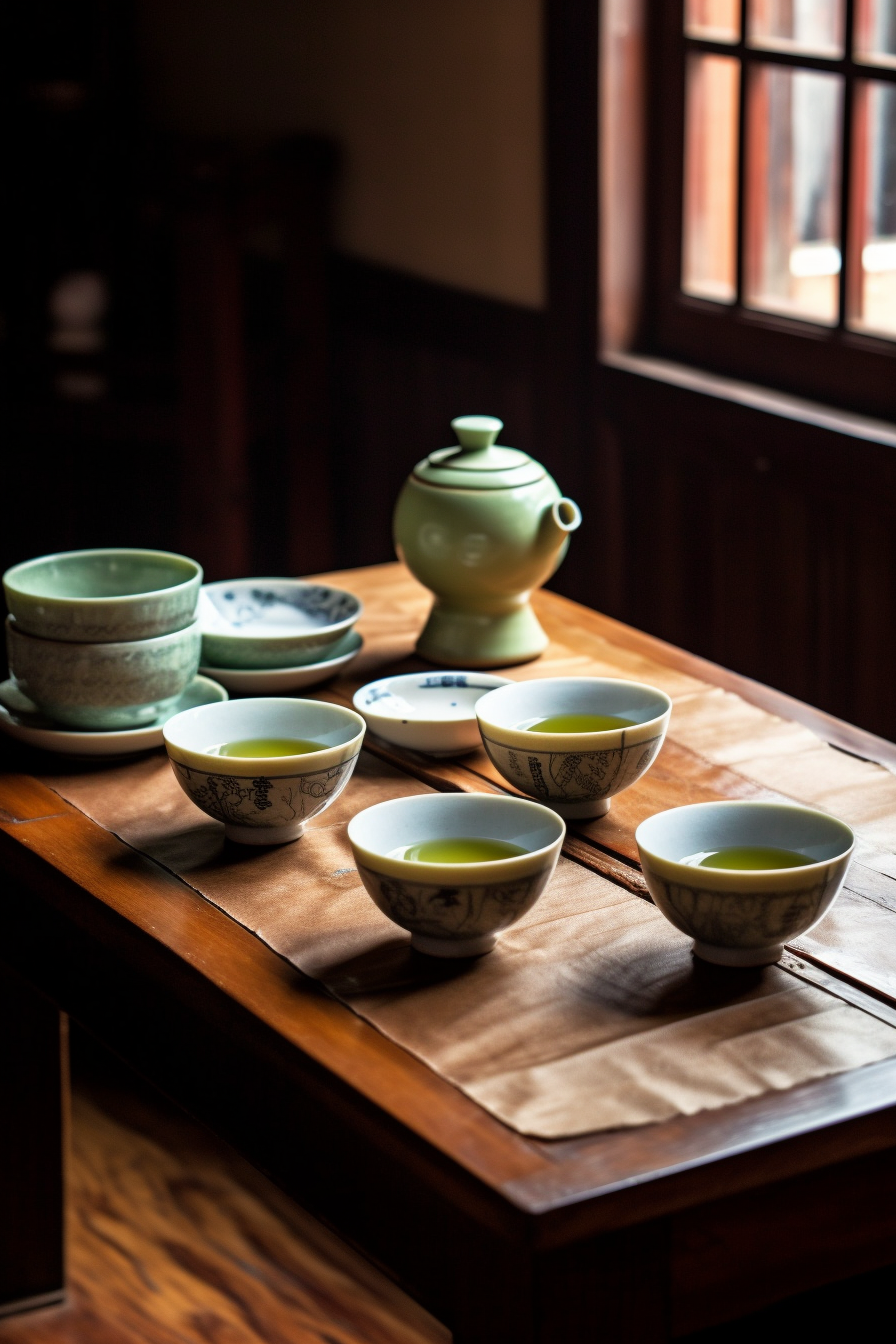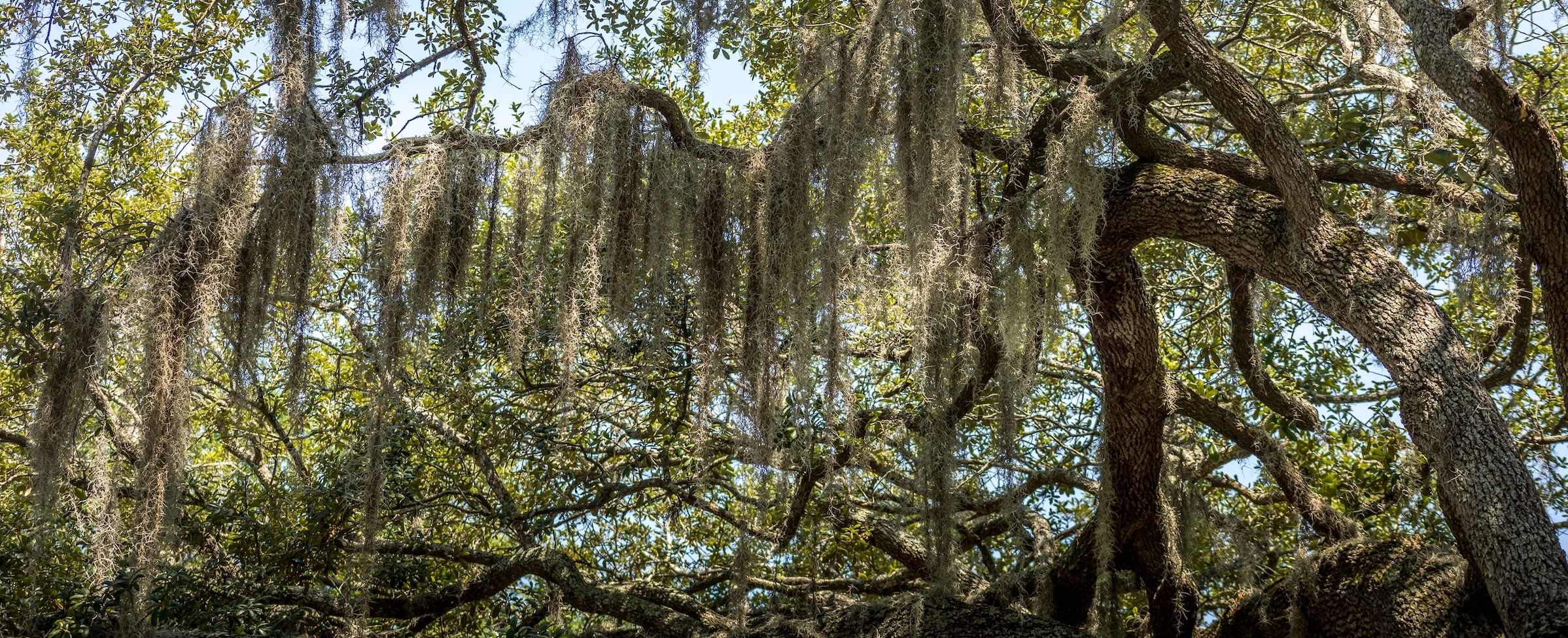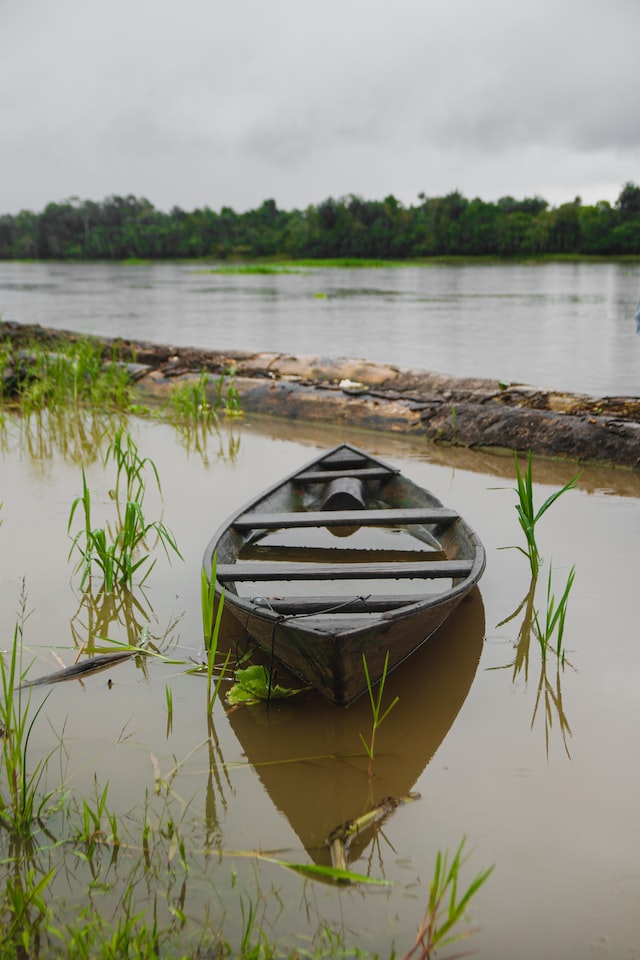Allathoné rural Sun Elves
1st of Sun's Swell, AE 721
In Allathoné, those who don't live in the big cities along the Linnead typically live near one of its many tributaries. Their towns are rarely visited by outsiders, other routes often being more convenient to get wherever one needs to go, but most communities are just fine with that.
These marsh-dwellers often utilize traditional Sun Elven methods of agriculture, creating raised beds for growing crops such as beans, maize, tomatoes, and flowers. These raised beds were surrounded by carefully crafted irrigation canals in which they would raise mussels and catfish. Their homes are also often raised up on stilts to compensate for changes in the water levels.
Culture
Culture and cultural heritage
The importance of art and creation is prominent in Elven cultures across the globe, mostly manifesting through the visual or fine arts, but the Sun Elves of rural Allathoné instead often manifest it through food. The rural regions of Allathoné are the birthplace of numerous cultivars of many different types of produce, such as tomatoes, maize, pistachios, and more, all of which were carefully and methodically bred over generations, sometimes just to better suit a singular dish the produce would be used in. To prepare and share in sustenance that is the product of generations patience and care is very important and one of the sincerest welcomes most communities can offer.
Art & Architecture
Rural Allathonéan architecture has had to adapt to its environment ever since people first started building in the area. Dikes and levees are frequently utilized in order to keep residentiary locations dry, and while these structures are often well built and do their intended job, most homes and other buildings are propped up on stilts in order to protect them from instances of unusually high flooding.
They are also known for their living bridges; the species of tree used may vary with location, but many small communities have, over decades or centuries, carefully trained and guided trees to grow into natural bridges over rivers. They are less vulnerable to flood damage than conventional bridges, and only grow stronger with age.
Foods & Cuisine
A staple in the diet of Allathoné rural folk is a starchy root known as lu'quila. It can be fried, mashed, ground into flour for bread, but is most well known to outsiders in the form of lu'quila pudding; the base is practically flavorless, but it is prepared with rosewater, sugar, and pistachios. Despite lu'quila's versatility in cooking, some communities only allow outsiders to eat or purchase it when it has already been cooked into a dish; raw lu'quila roots and leaves contain potentially dangerous amounts cyanide that can only be removed with proper preparation.


Calere Serving Set by illumiinae with Midjourney
Lu'quila and pistachios are also combined in a dessert drink. Known as calere, it is made using distilled liquor from lu'quila, which is then infused with pistachios for one month. The pistachios grown in rural regions of Allathoné are considered their own cultivars, with the Allathonéan Botanical Society naming the female variety the Riverine Queen, and the male the Intracostal (sic). The pistachios are removed after the infusion period, and the liquor is mixed with a simple syrup and heavy cream.
Communities in northern and duskward Allathoné who have more access to trade with Reszmeni communities will sometimes add a vanilla fruit along with the pistachios for infusion.
Birth & Baptismal Rites
When a couple is expecting a child, the parents-to-be will craft ceramic, bird-shaped vessels out of locally sourced clay with openings on their backs and spouts at the beak that will serve as bottles for the baby. Different types of birds are representative of the parents' hopes for their children: woodpeckers for toughness, hoopoes for wealth, hummingbird for boundless energy, etc.
Major organizations
Encompassed species
Related Organizations
Related Myths
Languages spoken
Related Locations
Elvish/High Elvish, sometimes Common





My favorite part is the living bridges because one of the islands that make up Argentii is known for the same thing! One observation-based theory on magic (on Argentii, that is) is that it's tied to agriculture, the better care given to the land, the more magically attuned it becomes, and the more powerful the things that are harvested from it become. So, naturally, on a heavily wooded island, tree houses are a huge thing, and also really huge things LOL!
Haly, the Moonlight Bard
Summer Camp in Avalon
Rhapsody in Realms FREE on Substack!